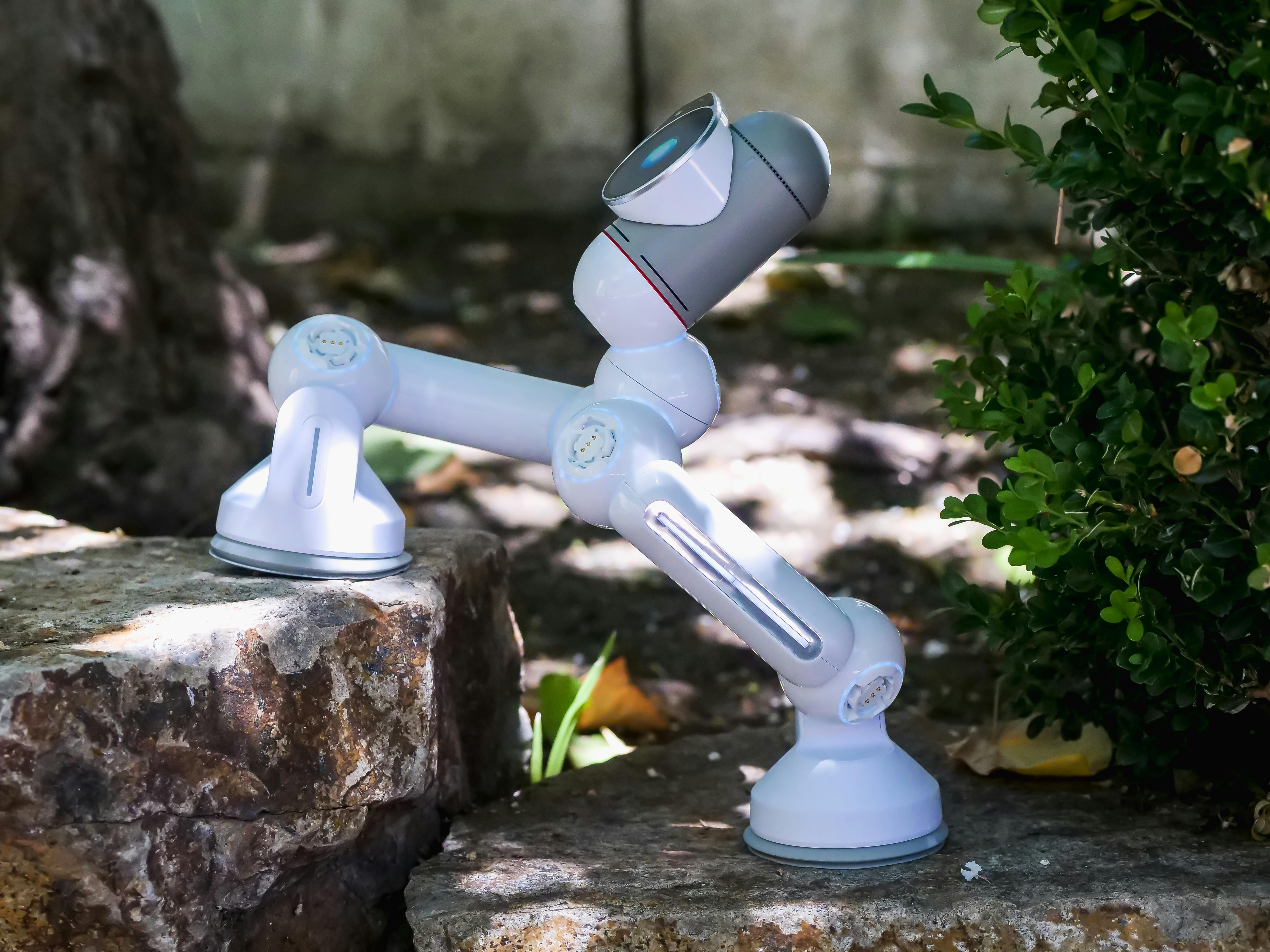"Adapting to the New Industrial Age: The Emergence of Cobots in Manufacturing"
In the face of modern industrial challenges, businesses are turning to cobots or collaborative robots to streamline their operations. The rise of cobots presents unique opportunities and hurdles for manufacturers, offering a glimpse into the future of industrial automation.

A Historical Glimpse into Cobots Development
Cobots, a term coined in 1996 by researchers at Northwestern University, were initially designed to safely interact and work alongside humans. Over the years, their capabilities have expanded, making them an integral part of modern manufacturing. As industrial automation evolved, the need for safer, more flexible and versatile machinery led to the development of cobots, a fusion of traditional industrial robots and human workforce elements.
The New Industrial Trend: Cobots in Action
Today, cobots find applications in a wide range of tasks including assembly, packaging, quality inspection, and material handling. They are designed to work safely alongside human workers, with built-in safety features such as force and speed limits, as well as sensors to detect and avoid collisions. With their adaptability, ease of programming, and cost-effectiveness, cobots are emerging as a popular business trend, particularly among Small and Medium-sized Enterprises (SMEs).
The Impact of Cobots: Benefits and Challenges
The introduction of cobots into manufacturing has significantly improved operational efficiency, reduced human error, and increased overall productivity. They offer the flexibility of performing repetitive tasks with precision, freeing up human workers for more complex tasks. However, the integration of cobots also poses challenges. The most notable include the initial investment cost, the need for worker re-skilling, and the fear of job displacement.
Research-Backed Insights on Cobots
Several research studies have highlighted the positive impact of cobots on productivity and worker satisfaction. According to a study by the International Federation of Robotics, cobots are expected to account for 34% of all industrial robot sales by 2025. Despite the challenges, the benefits of cobot integration in manufacturing processes outweigh the drawbacks, making it a viable strategy for businesses aiming to stay competitive in the new industrial age.
Practical Insights for Cobot Implementation
- Start with Simple Tasks: Begin cobot integration with simple, repetitive tasks for easy adaptation.
- Upskill Employees: Invest in training programs to equip workers with the skills to operate and maintain cobots.
- Gradual Integration: Instead of an abrupt switch, gradually introduce cobots into the workflow to ensure smooth transition.
Conclusion
Adapting to the new industrial age requires embracing new technologies like cobots. Despite the challenges they pose, their benefits in terms of increased operational efficiency, cost-effectiveness, and improved worker satisfaction make them a game-changer in the manufacturing industry. As cobots continue to evolve and improve, they are set to become an indispensable part of the future industrial landscape.




